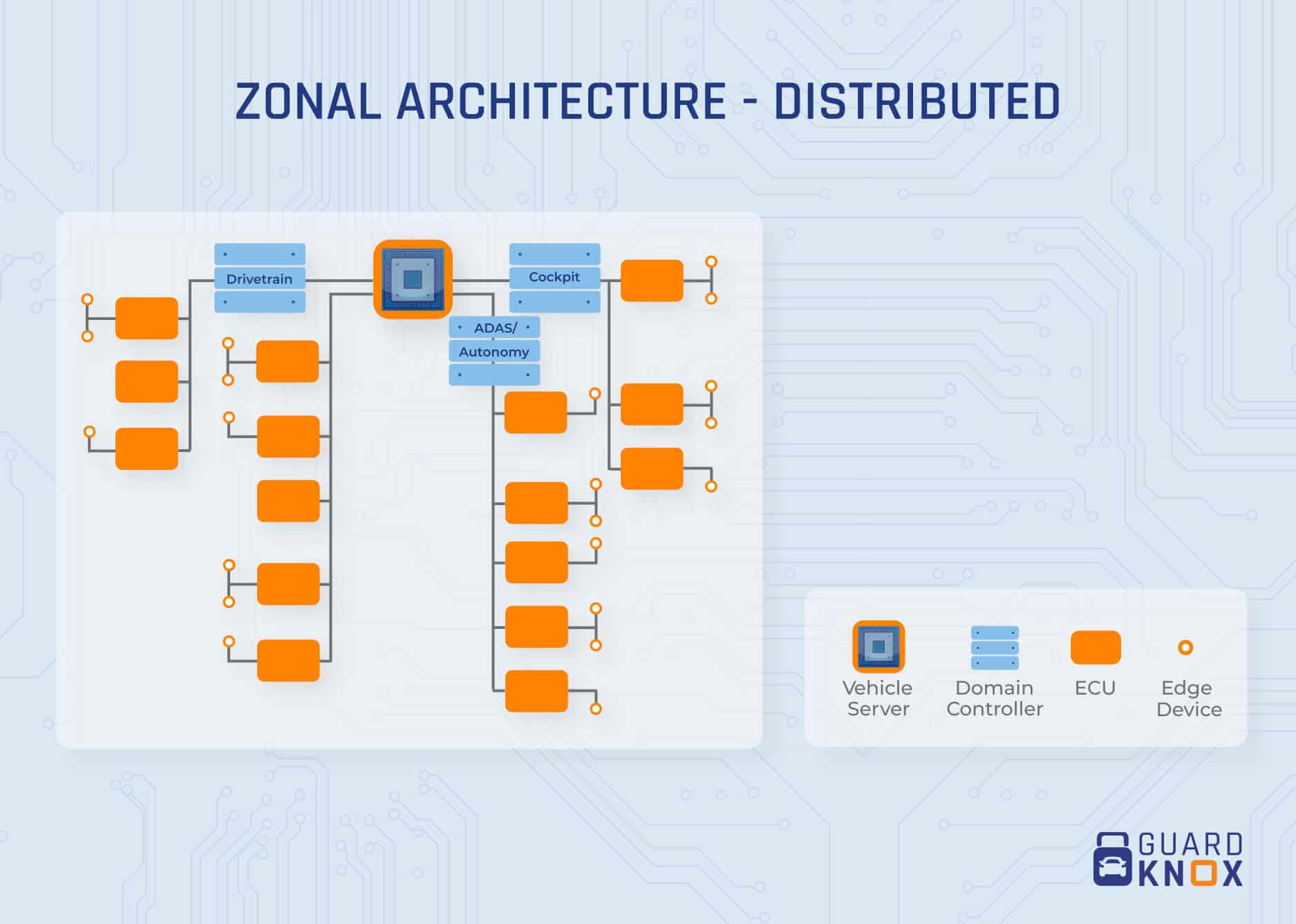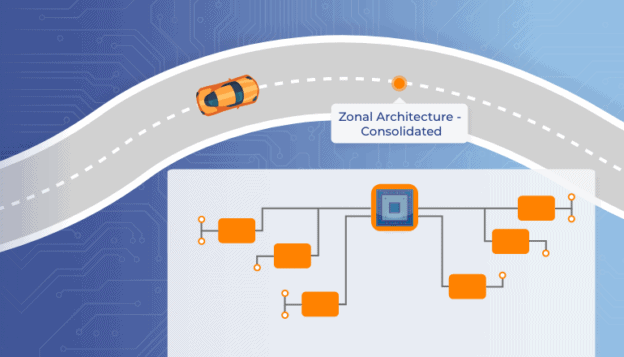In mikrocontrollerbasierten Routern wird die breite Kompatibilität durch den Einsatz von AUTOSAR-Software-Stacks mit je nach Prozessorlast stark schwankenden Routing-Latenzzeiten von typischerweise 100 Mikrosekunden (μs) bis zu einigen Millisekunden (ms) erkauft. In einem FPGA hingegen fließen die Daten durch eine anwendungsspezifische Pipeline und selbst komplexe Operationen, wie z. B. das Auflösen der CAN-ID, um das Routing-Ziel einer eingehenden Nachricht zu finden, benötigen nur wenige Taktzyklen. Für jede Schnittstelle sind parallele Verarbeitungspipelines implementiert, die unabhängig voneinander arbeiten, so dass Routing-Latenzzeiten von wenigen Mikrosekunden pro Hop ohne umfangreiche Optimierung deterministisch erreichbar sind. Die hohe Leistungsfähigkeit ermöglicht zusätzliche Sicherheitsmaßnahmen durch Echtzeitfilter, wie beispielsweise Communication Lockdown von GuardKnox.
Um diese Funktion zu realisieren, können im FPGA integrierte Filter alle Datenpakete in Echtzeit gegen die CAN-Datenbank prüfen, um festzustellen, ob die Signalwerte gültig sind. Darüber hinaus können FPGA-Filter die Wiederholungsraten bestimmter zyklischer Nachrichten, die ebenfalls in der CAN-Datenbank festgelegt sind, überwachen, um Sensorfehler oder mögliche Denial-of-Service (DOS)-Angriffe zu erkennen. In beiden Fällen kann unnötiger Datenverkehr und Verarbeitungslast vermieden werden, indem wiederholte Nachrichten nicht weitergeleitet werden und optional programmierbare Statusnachrichten erzeugt werden.





